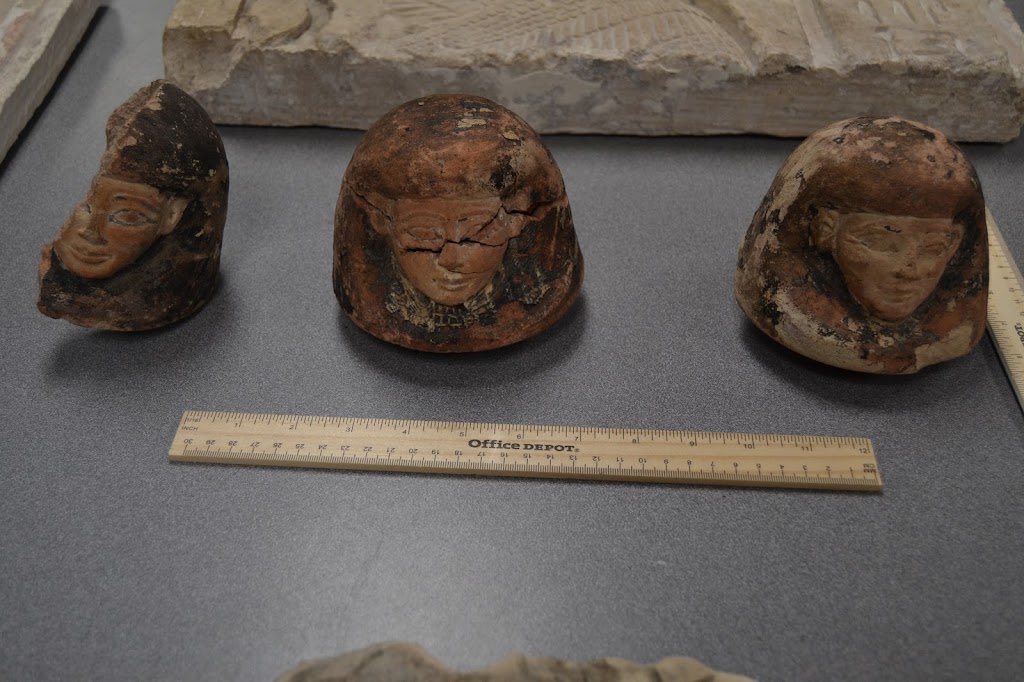INTERPOL General Assembly Discusses Stolen Art – Attention Focused on Protecting Cultural Heritage in Churches
INTERPOL President Khoo Boon Hui told the 1000 delegates in attendance that the global police organization “has recognized the need to collaborate with a whole range of partners in the public and private sectors to deal with emerging threats, such as … trafficking.”
Domenico Giani, Vatican City’s Inspector General of the Corpo della Gendarmeria (chief of police) specifically addressed the threat of art theft aimed against churches. Giana observed that “[h]umanity’s spiritual thirst and desire to praise God ‘have given life to works of inestimable value and to a religious patrimony that gives rise to greed and the interest of art traffickers,'” according to the Catholic News Service (CNS). Giani noted that objects of cultural heritage are particularly vulnerable “in countries where revolts are under way or there are internal struggles fed by a hatred so strong that people try to destroy anything that represents ‘the enemy.'”
 |
| General Assembly meeting. Source: INTERPOL |
The trafficking of art and cultural objects is a worldwide priority for INTERPOL. It maintains an information clearinghouse for police on the topic. Last month the organization hosted a workshop in Manila on the prevention of cultural property trafficking. INTERPOL also assembled a conference in Lyon to confront the growing problem of forged and faked cultural objects.
Archbishop Dominique Mamberti, Secretary for Relations with States of the Vatican State Secretariat remarked to conference attendees that “criminal activities are now articulated at a global level, with systems of coordination and according to criminal pacts that go beyond the boundaries of States. Hence, globalization has come to shape even this dramatic realm of human life. Sophisticated technical means, huge financial resources, at times dark political complicity, are elements that concur to furnish deleterious support . . . .”
To safeguard cultural and religious objects found in churches and religious institutions of the Roman Catholic faithful, the Pontifical Commission for the Cultural Heritage of the Church in 1999 issued a document titled Necessity and Urgency of Inventory and Cataloguing of the Cultural Heritage of the Church. The statement (found here in English) urges churches to accurately take stock of and to provide stewardship for the cultural and religious articles maintained and utilized by Catholic parishes worldwide. The Commission addressed a similar document to religious orders in 2006 called Inventory of the Institutes of Consecrated Life and the Societies of Apostolic Cultural Patrimony: Some Practical Considerations.
Dioceses, parishes, and religious orders in the United States needing advice about cultural property theft prevention are urged to contact certified members of the International Foundation for Cultural Property Protection. The IFCPP’s mission is to safeguard objects maintained by museums, churches, zoos, and other centers of cultural heritage.
[UPDATE 11/13/12]: This link describes examples of church theft and the trafficking of relics from Bolivia.
This post is researched, written, and published on the blog Cultural Heritage Lawyer Rick St. Hilaire at culturalheritagelawyer.blogspot.com. Text copyrighted 2012 by Ricardo A. St. Hilaire, Attorney & Counselor at Law, PLLC. Any unauthorized reproduction or retransmission of this post is prohibited. CONTACT: www.culturalheritagelawyer.com


